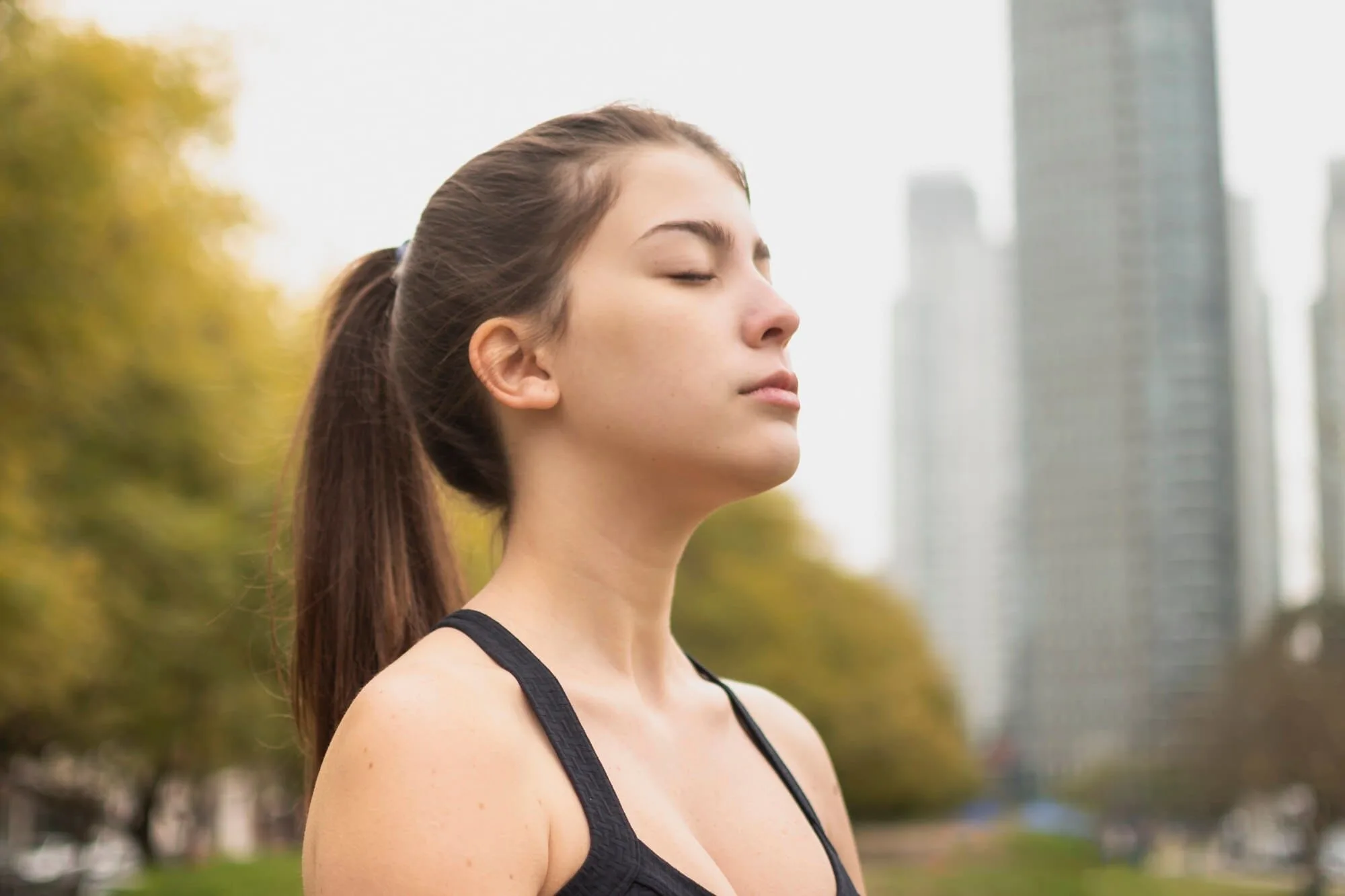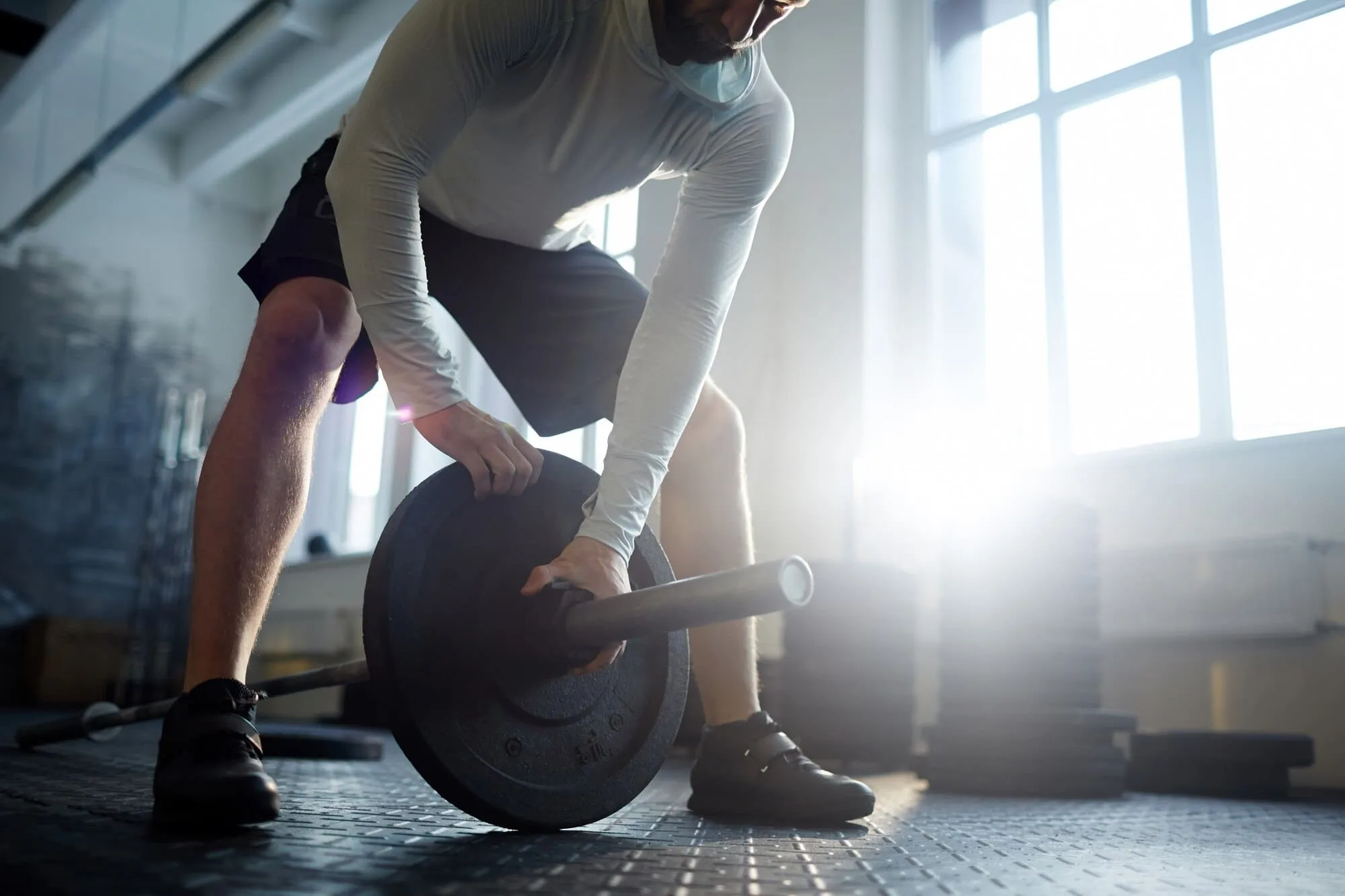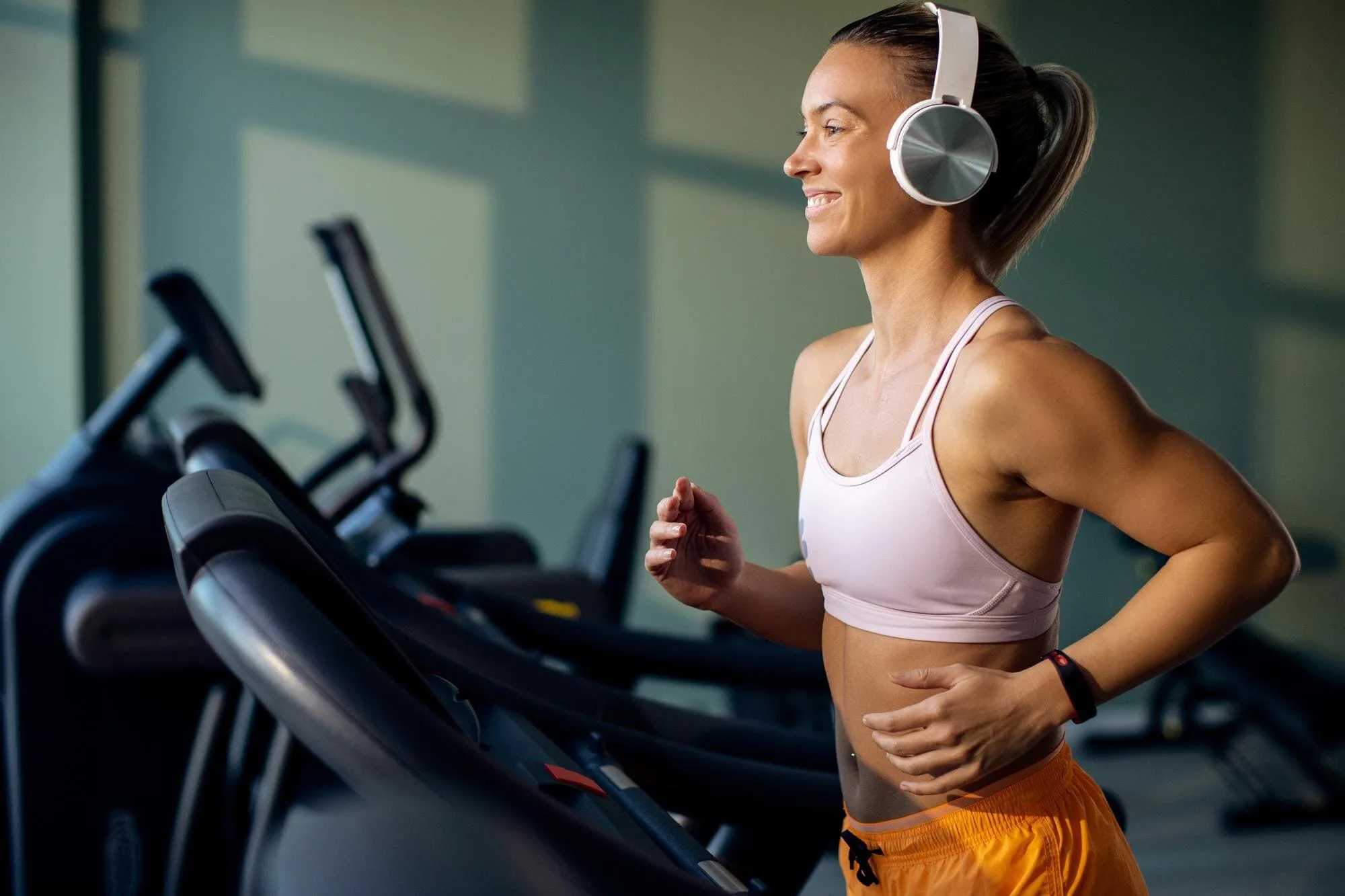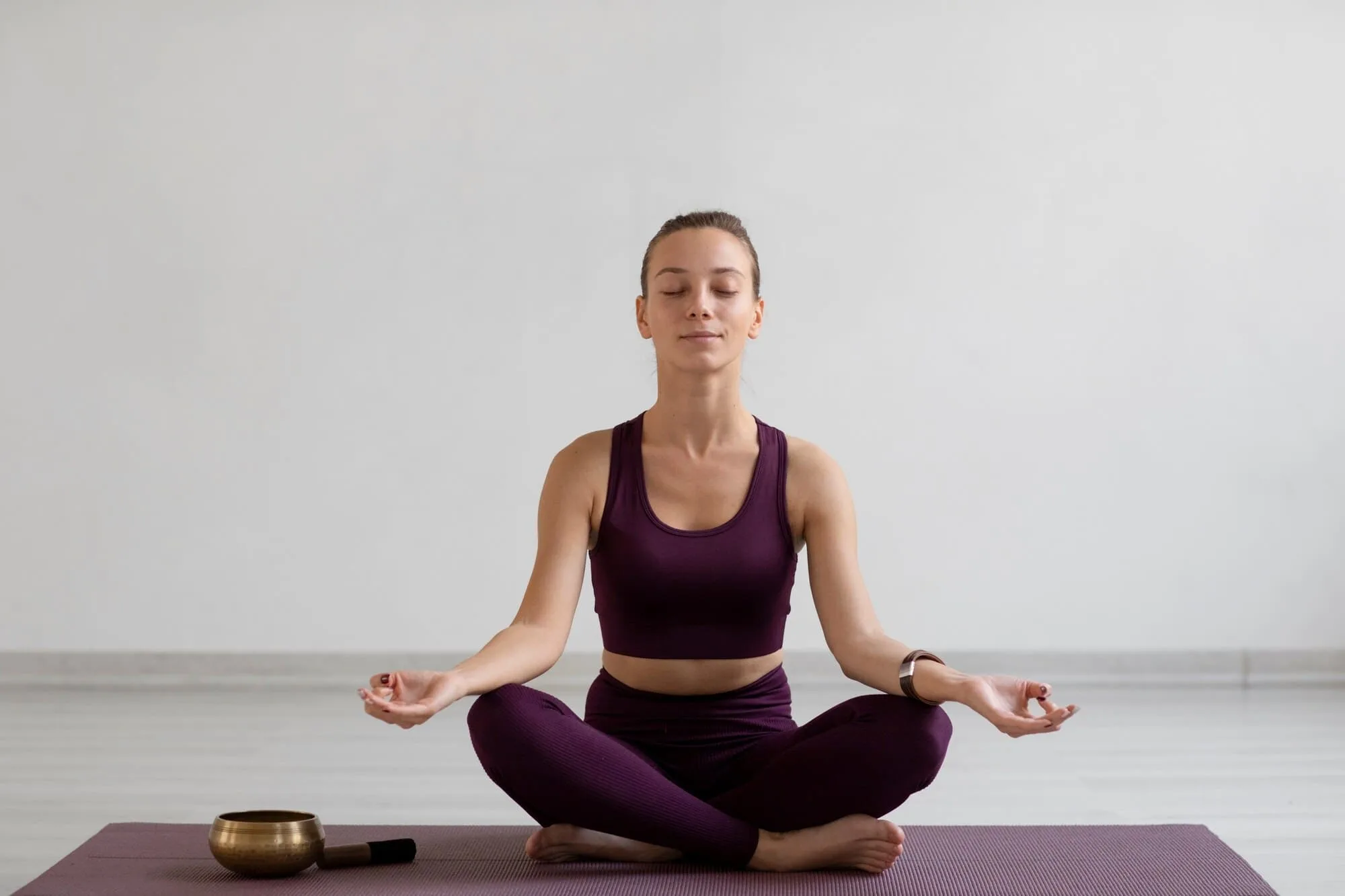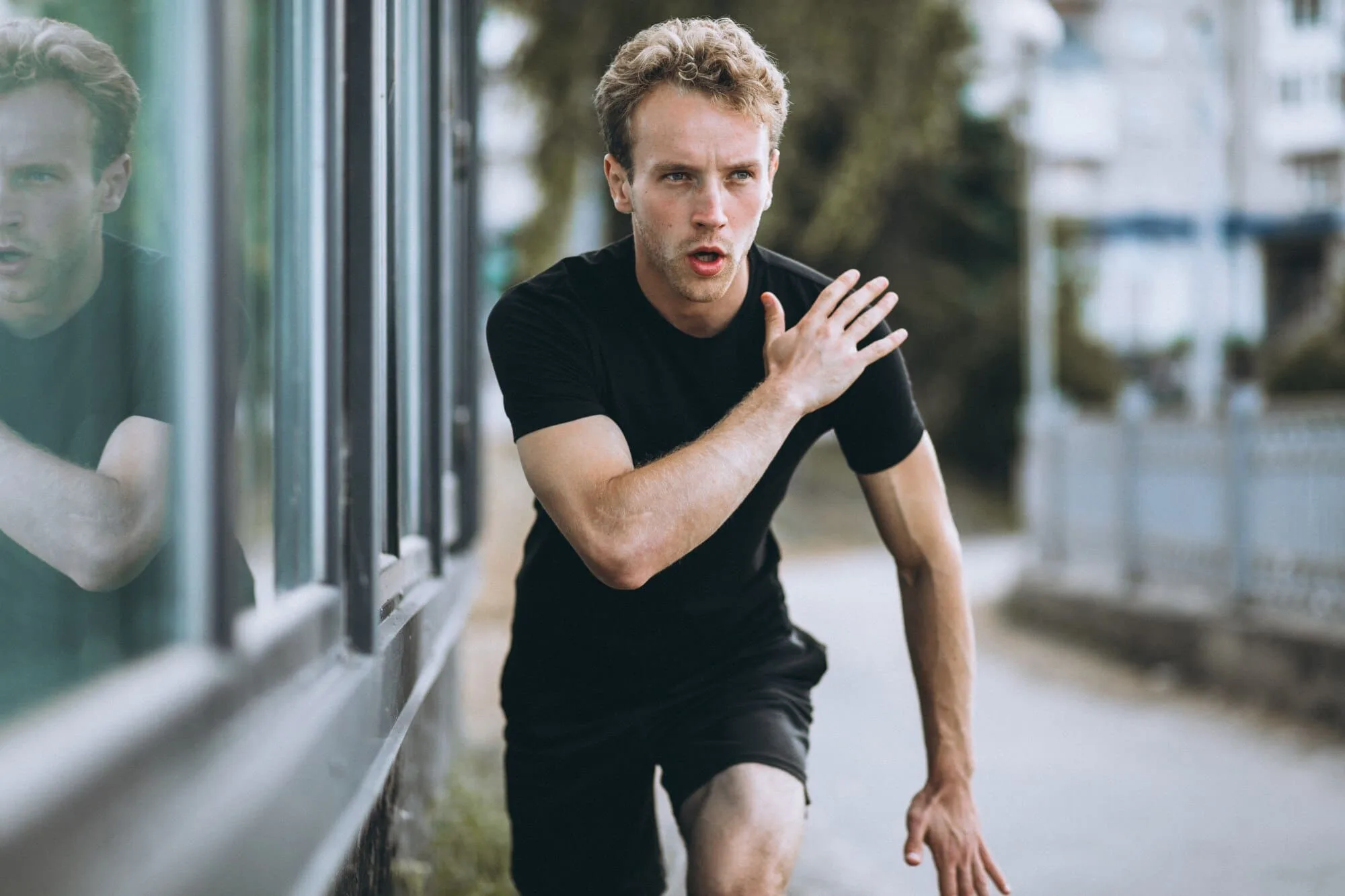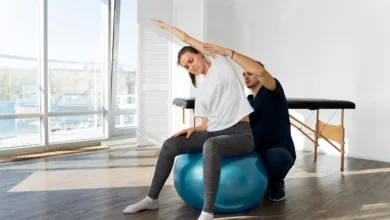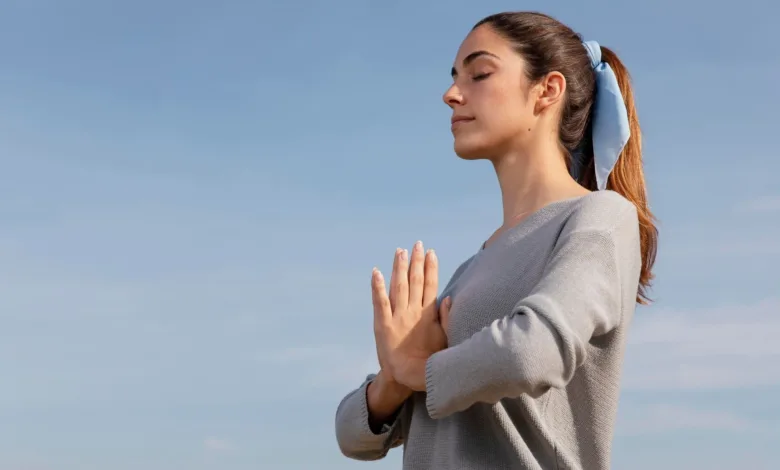
Proper breathing plays a key role in the effectiveness of training. It not only affects endurance, but also helps to avoid dizziness, fatigue, and even injuries. Many beginners do not think about breathing during physical activity, which reduces their productivity and increases the risk of overfatigue. Let’s figure out how to breathe correctly depending on the type of training.
General principles of breathing
During physical activity, the body requires more oxygen, so breathing should be deep and rhythmic. The main rules:
- Breathe through your nose (if possible) – this helps to better saturate the blood with oxygen and filter the air.
- Use diaphragmatic breathing (deep belly breathing) instead of shallow chest breathing.
- Adjust your breathing to the rhythm of the movement – this will help reduce the load on the heart.
Breathing During Strength Training
When working with weights, it is important to follow the rule: exhale when exerting force, inhale when relaxing. For example, when lifting the barbell, you exhale, and when lowering it, inhale. This helps stabilize blood pressure and avoid dizziness.
A common mistake beginners make is holding their breath. It increases the load on the heart and can lead to a sharp jump in blood pressure.
Breathing during cardio training
When running, swimming or cycling, the main thing is to maintain even breathing.
- When running, it is best to use the “2-2” technique: two steps for inhalation, two steps for exhalation. If the load increases, switch to the “2-1” rhythm (two steps for inhalation, one for exhalation).
- When swimming, breathing should be calm, with exhalation into the water. Uniformity of inhalations allows you to maintain the rhythm of movements.
- When jumping and doing other intense cardio exercises, it is important not to hold your breath and to try to breathe deeply rather than shallowly.
Breathing in Yoga and Stretching
In yoga, breathing is one of the key elements of practice. It is important to breathe slowly, deeply and through the nose.
- When stretching, exhale as you bend or deepen the pose, as this helps to relax the muscles.
- When performing asanas, the Ujjayi technique is used – deep breathing with a light hissing sound on the exhale, which helps maintain concentration and stabilize the heart rhythm.
Conclusion
Proper breathing makes your workout more effective, improves endurance, and reduces the risk of injury. Follow your rhythm, avoid holding your breath, and use different techniques depending on the type of exercise. Conscious breathing control will help you improve your workouts and reach your goals faster.

